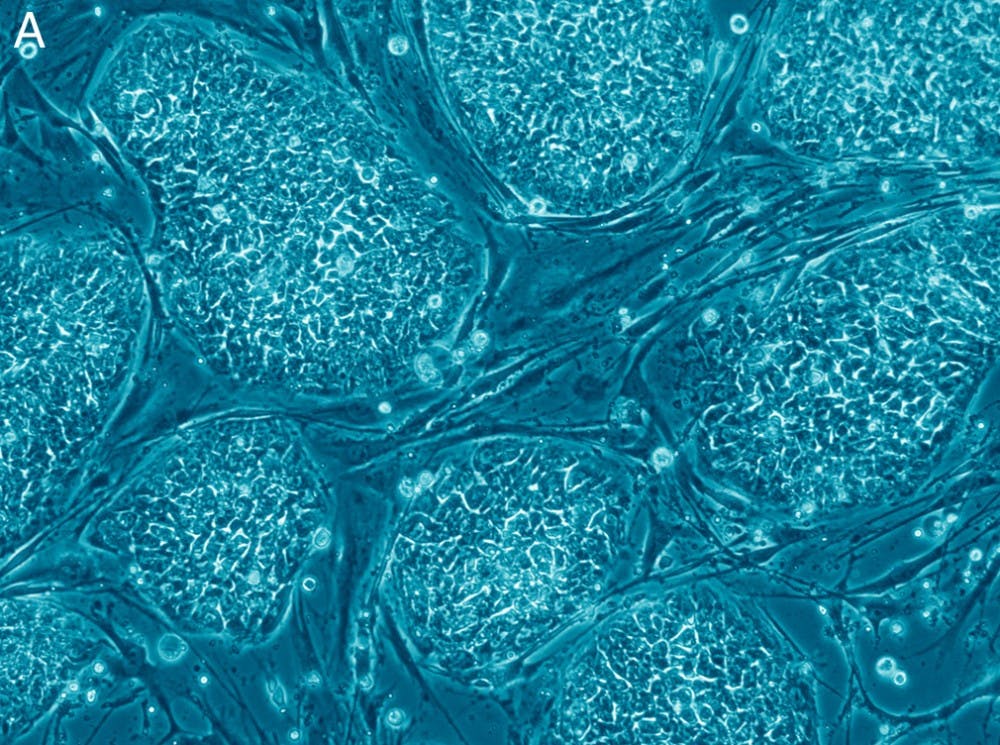As President Trump’s cabinet ossifies into its final form, several Americans predict that many policy consistencies of the past are now at risk. One place of consistency is the landscape of stem cell research. The impacts Trump’s administration might have on biomedical science are still uncertain. Indeed, some cabinet appointments have incited fear in Americans who rely on stem cell therapy or perform research or work at institutions where stem cell research is a vital component of grants and general revenue. While uniformly and staunchly conservative, the Trump administration must ensure continuity within stem cell research not only to protect jobs and research institutions from bankruptcy, but to also preserve a therapy that might actually be a panacea for a range of maladies.
Stem cells, while controversial and ethically precarious to the public, should be researched and ultimately implemented as a therapeutic solution for patients that simply have no alternative. Specifically, stem cells opponents are against embryonic stem cells, which no longer account for the majority of stem cell research. Currently, the majority of stem cell research is made up of induced pluripotent stem cells, somatic cells which can regress to an embryonic state through regenerative and genetic engineering. With the seminal work of Drs. Takahash and Yamanaka, the ethical rigors associated with embryonic stem cells need not be dealt with.
However, the question arises as to why embryonic stem cells are so insatiably invaluable and why they have immense potential to solve the world’s most enigmatic medical maladies. Indeed, after a zygote forms, the subsequent cells follow a pathway based upon environmental and biological cues similar to how a student follows a pathway to become a doctor, lawyer or businessman. Stem cells are categorized according to the broadness of cell they can become — embryonic stem cells are the most versatile whereas adult stem cells, like those found in your bone marrow, are comparatively discrete in their differentiation scope. So, with embryonic stem cells, appropriate cues, and research, we could theoretically program these stem cells to become a pancreas, heart, brain or liver cells. On a macroscale, stem cells provide a conduit through which to build full pancreases for diabetic patients or hearts for heart failure patients, from the ground up. Essentially, with stem cells, we can turn the tide in a seemingly perennial battle with virulent pathologies.
Induced pluripotent stem cells, or iPSCs, are actually adult somatic cells — like those found on your skin — which revert back to their embryonic state through transcription factors or proteins necessary to develop or progress the fate or state of a cell to a new state. In this case, the Yamanaka factors are four transcription factors are those necessary to combine with adult somatic cells in order to revert the cells back into embryonic stem cells.
Granted, while the discovery of iPSC was a phenomenal one, there is a long road ahead in order to make them a mainstream therapy and to ensure that they are morphologically, molecularly, and functionally identical to their embryonic counterparts. During the Obama administration, research institutions like the National Institute of Health were not only provided the opportunity to research using stem cells, but were also less impeded than they were during the George W. Bush administration in the quantity and quality of research they were able to undertake.
With the new administration, it has become necessary that they scrap their conservative agenda against stem cells and biomedical research by demonstrating to the public they care and see their constituents as people in need of stem cell research. The administration must recognize the ultimate way to defeat unscrupulous stem cell utilization is to fund research to find novel ways to circumvent such controversy.
Sean Sequeira is an Opinion columnist for the Cavalier Daily. He can be reached at s.sequeira@cavalierdaily.com







